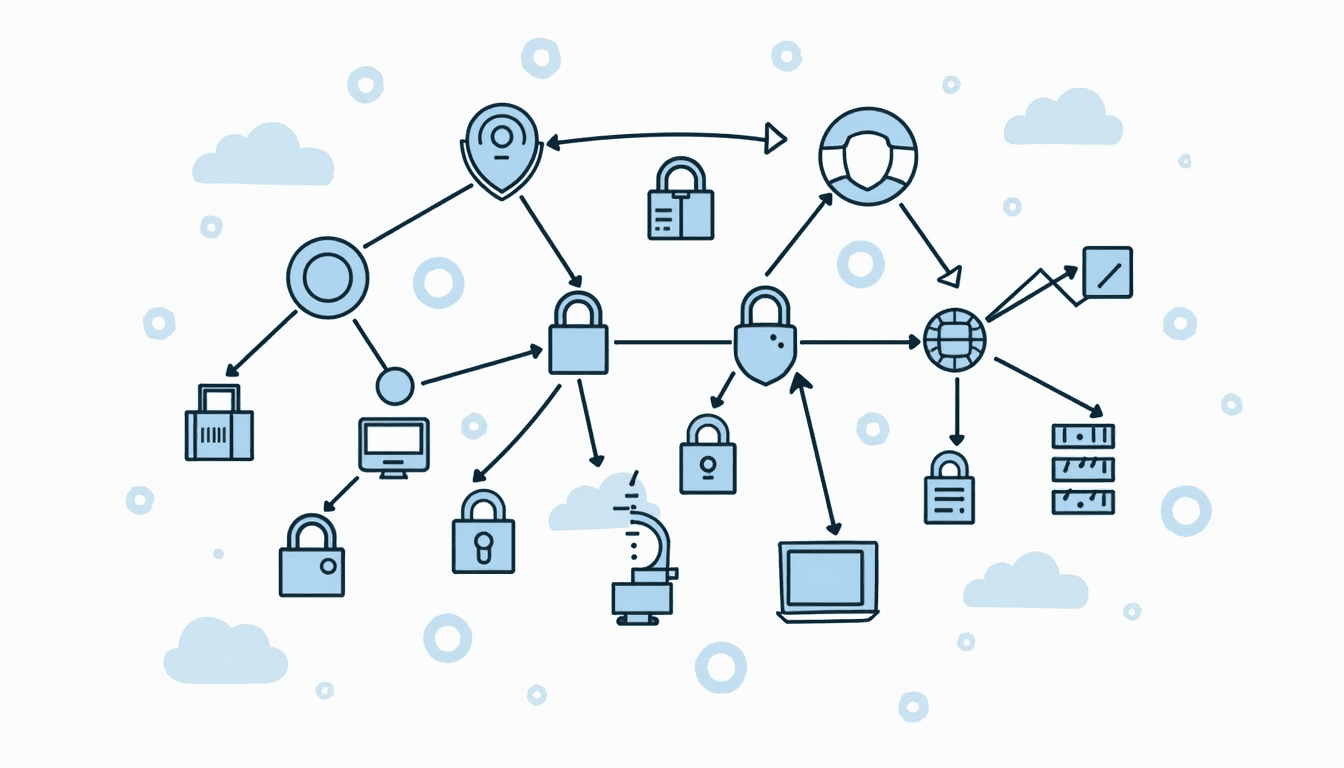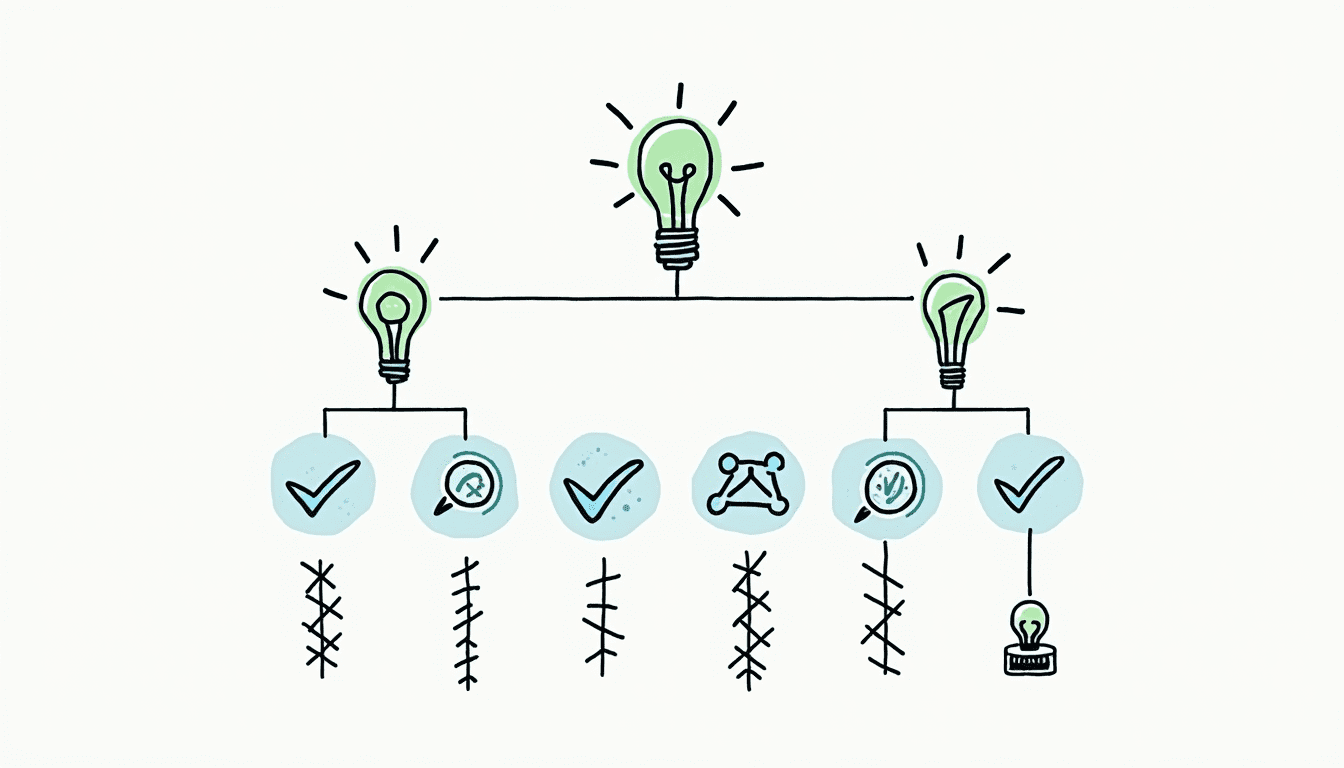Updated November 17, 2024
Understanding Cybersecurity and Its Importance
Cybersecurity has become a buzzword in today’s digital age. It involves protecting computer systems from theft, damage, and unauthorized access. With the rise of cyber threats, understanding the essence of cybersecurity is more critical than ever.
It’s akin to locking your front door before leaving the house. Just as you wouldn’t leave your home wide open, organizations must safeguard their data against cybercriminals. Every click and shared information is a potential entry point for a hacker.
The importance of robust cybersecurity can’t be overstated. Businesses lose millions every year due to data breaches. Moreover, the ripple effects often impact customers, stakeholders, and overall reputation. You can’t put a price on trust, but numerous reports show it decreases significantly after a breach. A single data breach can lead to a 5% drop in stock prices for publicly traded companies, demonstrating the tangible financial implications of inadequate cybersecurity measures.
The implications of cybersecurity extend beyond financial losses. Personal data theft can lead to identity fraud, affecting individuals on a deeply personal level. Victims may face long-term consequences, including damaged credit scores and emotional distress. This underlines the necessity for organizations to protect their assets and foster a culture of security awareness among their employees and clients.
The Evolution of Cybersecurity
Cybersecurity didn’t just appear overnight. It evolved like a grand narrative, adapting to new technologies and threats. The field has transformed drastically from the basic password protections of the past to today’s complex multi-factor authentication.
In the early days, cybersecurity was mostly about keeping out unwanted guests. Today, however, it’s about detecting, preventing, and responding to a range of sophisticated threats. It’s like evolving from a simple wooden door to a fortress with guards, alarms, and surveillance. The introduction of artificial intelligence and machine learning has revolutionized how organizations approach cybersecurity, allowing for real-time threat detection and automated responses that can significantly reduce the window of vulnerability.
As technology continues to advance, so too does the arsenal of cybercriminals. The rise of the Internet of Things (IoT) has introduced new vulnerabilities as everyday devices become interconnected. Each smart thermostat or security camera can serve as a potential entry point for hackers, emphasizing the need for comprehensive security strategies encompassing all aspects of an organization’s digital footprint.
Key Challenges in Cybersecurity
Despite advances, cybersecurity remains challenging. New threats emerge daily, making it hard for even the savviest organizations to keep up. One key challenge is the speed at which cyber attacks occur.
The human element cannot be overlooked. A well-placed click or a simple phishing email can compromise even the most secure systems. Training employees is akin to teaching someone how to dodge a bullet. You can arm them with knowledge, but can you ever truly eliminate risks? This is why organizations are increasingly investing in simulated phishing attacks and continuous education programs to ensure employees remain vigilant about the latest threats.
Additionally, the regulatory landscape surrounding cybersecurity is constantly evolving. Organizations must navigate a complex web of compliance requirements, varying significantly by industry and region. Failure to comply not only exposes them to potential legal ramifications but can also further erode consumer trust. As regulations tighten, businesses must prioritize the implementation of security measures and the documentation and reporting processes that accompany them, ensuring they are prepared for audits and assessments.
Introduction to Fault Tree Analysis (FTA)
Fault Tree Analysis (FTA) might sound technical, but it’s a straightforward tool used for risk assessment. It helps organizations visualize the paths that can lead to failures in systems. Imagine it like a flow chart of doom, showing all the ways something could go wrong.

FTA provides a structured approach to predict and analyze potential faults. Breaking down complex systems into simpler components allows for a better understanding and prevention of risks. It’s like taking a car apart to see what causes it to malfunction before it breaks down. This method not only aids in identifying the root causes of failures but also enhances the overall design and reliability of systems by informing engineers and designers about potential pitfalls during the development phase.
Defining Fault Tree Analysis
At its core, FTA is a deductive failure analysis. It begins with an undesired event—say, a data breach—and works backward to identify specific causes. This approach is logical, methodical, and—dare I say—highly efficient. The beauty of FTA lies in its ability to systematically dissect complex interactions within systems, revealing how seemingly minor issues can escalate into significant failures.
FTAs use graphical representations, depicting failures in a tree-like structure. Each branch represents a potential cause. If you’ve ever grown a family tree, you can visualize how everything connects, sometimes rather hilariously. This visual aspect makes it easier for teams to communicate findings and serves as a valuable educational tool for new members, allowing them to grasp the intricacies of system vulnerabilities quickly.
The Role of FTA in Cybersecurity
FTA plays a crucial role in enhancing cybersecurity resilience. It allows security teams to pinpoint vulnerabilities before attackers exploit them. Think of it as a crystal ball; it helps foresee problems before they escalate into disasters. By mapping out the various failure paths, organizations can simulate potential attack scenarios, providing a clearer picture of how an adversary might exploit weaknesses in their defenses.
By utilizing FTA, organizations can effectively prioritize their security measures. Resources can be allocated precisely where they are most needed rather than shooting in the dark. This proactive stance against potential faults is key to a healthier cyber environment. Moreover, FTA can be integrated into continuous improvement processes, enabling organizations to regularly update their defenses based on emerging threats and vulnerabilities, thus fostering a culture of resilience and adaptability in an ever-evolving digital landscape.
The Process of Fault Tree Analysis
The process of conducting a Fault Tree Analysis is multi-faceted. But don’t let that intimidate you; it’s more straightforward than learning the dance steps to the Macarena. It begins with identifying potential faults.
Identifying Potential Faults
Identifying potential faults is the first step in FTA. Here, teams brainstorm all possible threats related to a system. It’s like a brainstorming session where everyone wears their tinfoil hats.
These potential faults can include technical issues, human errors, and even environmental changes. The more comprehensive the identification, the stronger the analysis will be—like planting seeds for a bountiful harvest.
Constructing the Fault Tree
Next, we move on to constructing the fault tree itself. This means drawing the tree diagram that represents various failures. It’s a blend of creativity and logic, much like an artist interpreting a complicated theme.
The tree branches represent different causes, leading down to a single failure point. As the saying goes, “all roads lead to Rome.” In this case, all leads lead to the failure event. Seeing it visually helps everyone understand the connection—clarity is king.
Evaluating the Fault Tree
Finally, evaluating the fault tree assesses the likelihood of each potential fault. By quantifying data and determining probabilities, organizations can understand which scenarios are most likely and most dangerous. It’s like rolling dice; some combinations appear more frequently than others.
This evaluation enables better risk management strategies. Organizations can direct resources intelligently and minimize vulnerabilities in their systems by focusing on the most probable faults. Quite simply, knowledge is power!
Benefits of Using Fault Tree Analysis in Cybersecurity
Implementing Fault Tree Analysis offers numerous benefits, elevating cybersecurity measures significantly. Let’s unpack these advantages and see what makes FTA an essential tool.

Enhancing System Reliability
One of the most significant benefits FTA offers is enhanced system reliability. By identifying and addressing potential failures, organizations can prevent system breakdowns. It’s a bit like regular maintenance on your car—who wants to be stranded on the side of the road?
A reliable system protects sensitive data and boosts customer confidence. After all, customers feel safer engaging with businesses that prioritize security. It builds a fortress around your reputation.
Proactive Risk Management
Proactive risk management is another gem of FTA. Organizations can save time and money in the long run by anticipating and preventing failures. It’s like wearing a seatbelt; it may not prevent an accident, but it can significantly mitigate the damage.
With proactive management, organizations can act before troubles start to brew. It shifts the security paradigm from reactive to proactive, setting the stage for a resilient cyber environment. And in today’s world, that’s not just smart—it’s essential.
Common Misconceptions about Fault Tree Analysis
Despite its advantages, misconceptions about Fault Tree Analysis often hinder its adoption. Let’s debunk some of these myths and shed light on the reality.
Misconception 1: FTA is Only for Large Organizations
One common myth is that FTA is reserved for large organizations with extensive resources. This couldn’t be further from the truth. Small and medium enterprises can benefit equally from FTA. Size doesn’t determine vulnerability; cybersecurity threats can affect any organization.
Smaller organizations often experience breaches because they underestimate risks. Regardless of size, every entity needs a strong cybersecurity strategy—and FTA can offer just that, leveling the playing field.
Misconception 2: FTA is Too Complex to Implement
Another misconception is that FTA is overly complex, requiring specialized knowledge. While the terminology may sound intimidating, the principles behind FTA are remarkably straightforward. With the right training and tools, any team can implement it effectively.
In essence, FTA is an approachable tool that demystifies risk analysis. With a dash of effort and willingness to learn, organizations can navigate the FTA process without needing a PhD in cyber sciences.
Conclusion
In conclusion, uUbe a game-changer. By demystifying the complexities of system failures and vulnerabilities, organizations can build stronger defenses. Remember, in cybersecurity, the best offense is a good defense!
If you’re in the medical device industry and recognize the critical role of cybersecurity in ensuring patient safety and regulatory compliance, Blue Goat Cyber is your expert partner. Our tailored healthcare security services, including penetration testing, Software Composition Analysis (SCA), and threat modeling, are designed to meet FDA and HIPAA standards. With over 100 devices guided to FDA submission success and a team of certified cybersecurity experts, we’re equipped to help you navigate premarket and postmarket challenges, ensuring your medical devices are resilient against cyber threats. Contact us today for cybersecurity help and take the first step towards a secure future for your healthcare technology.
